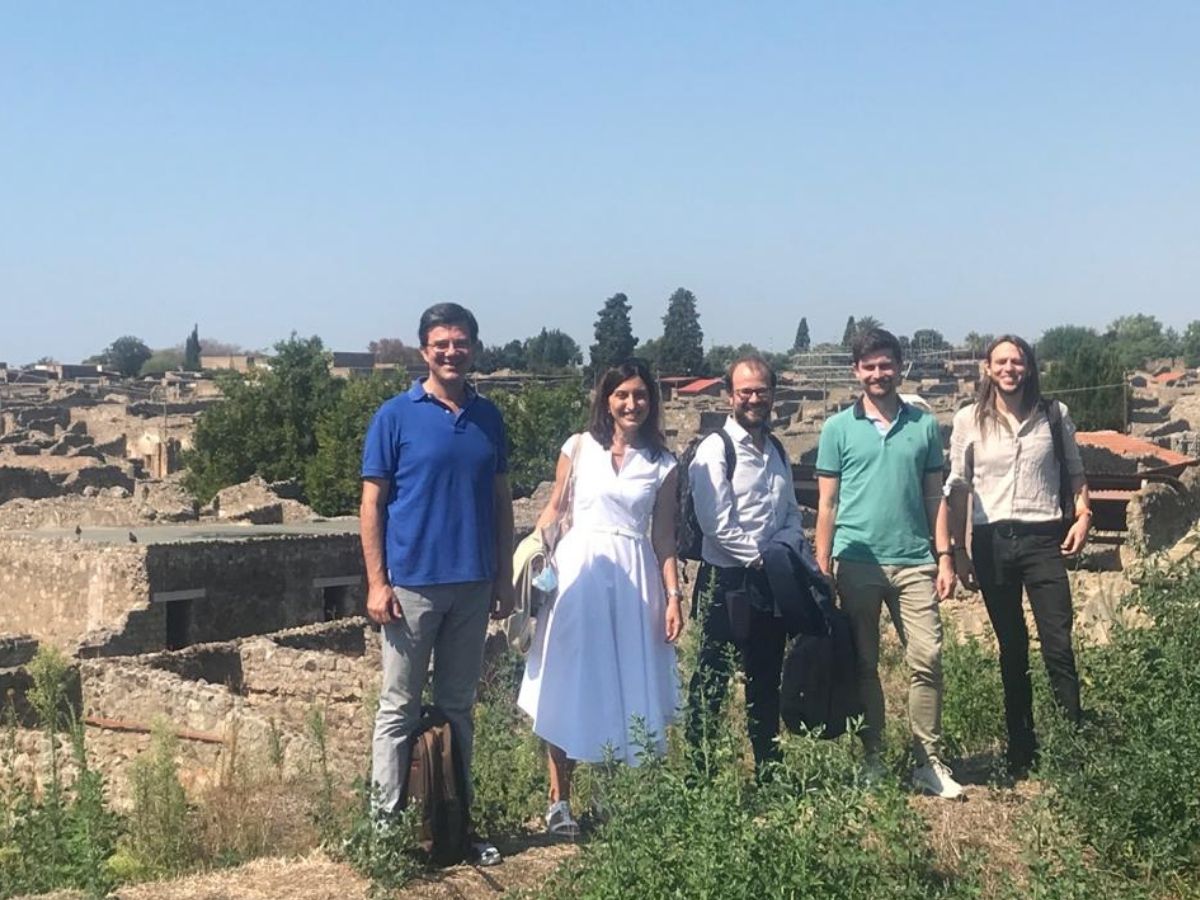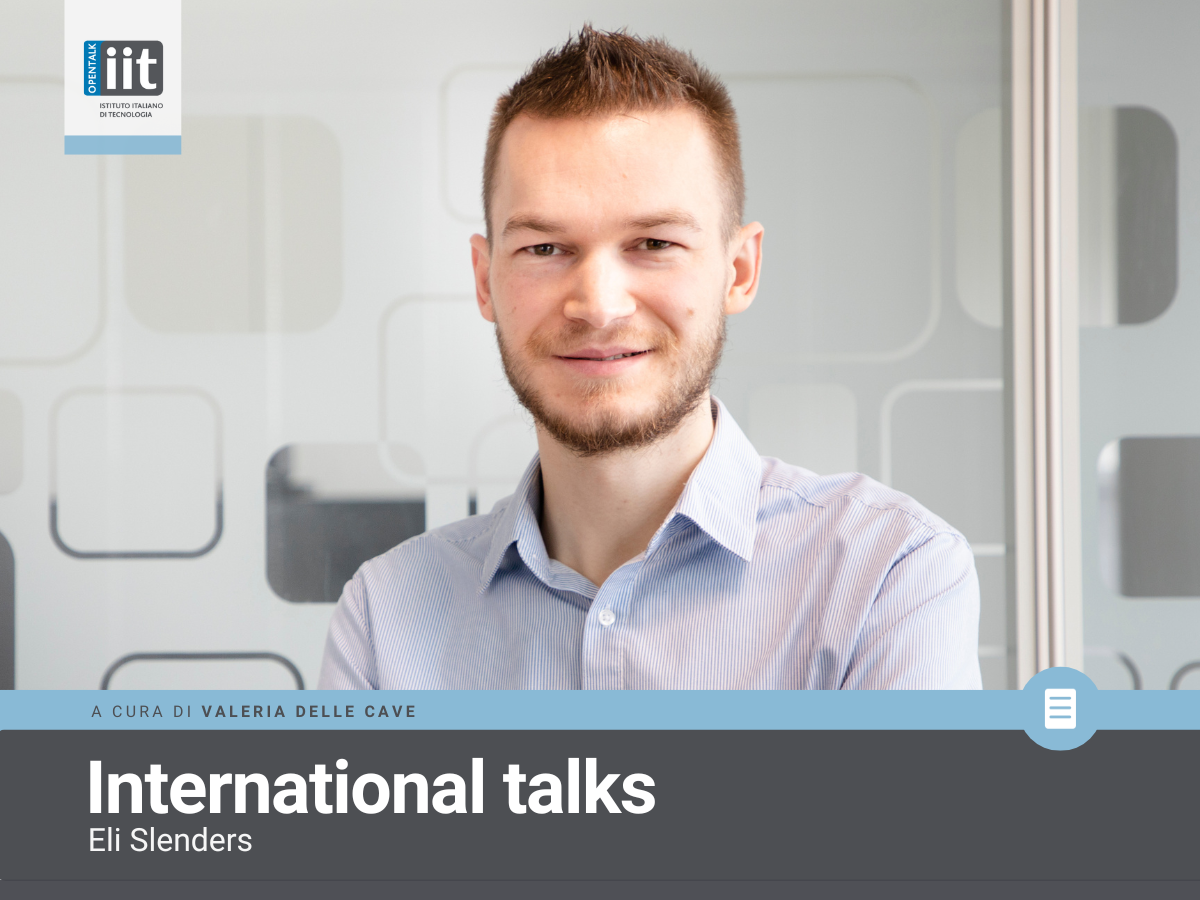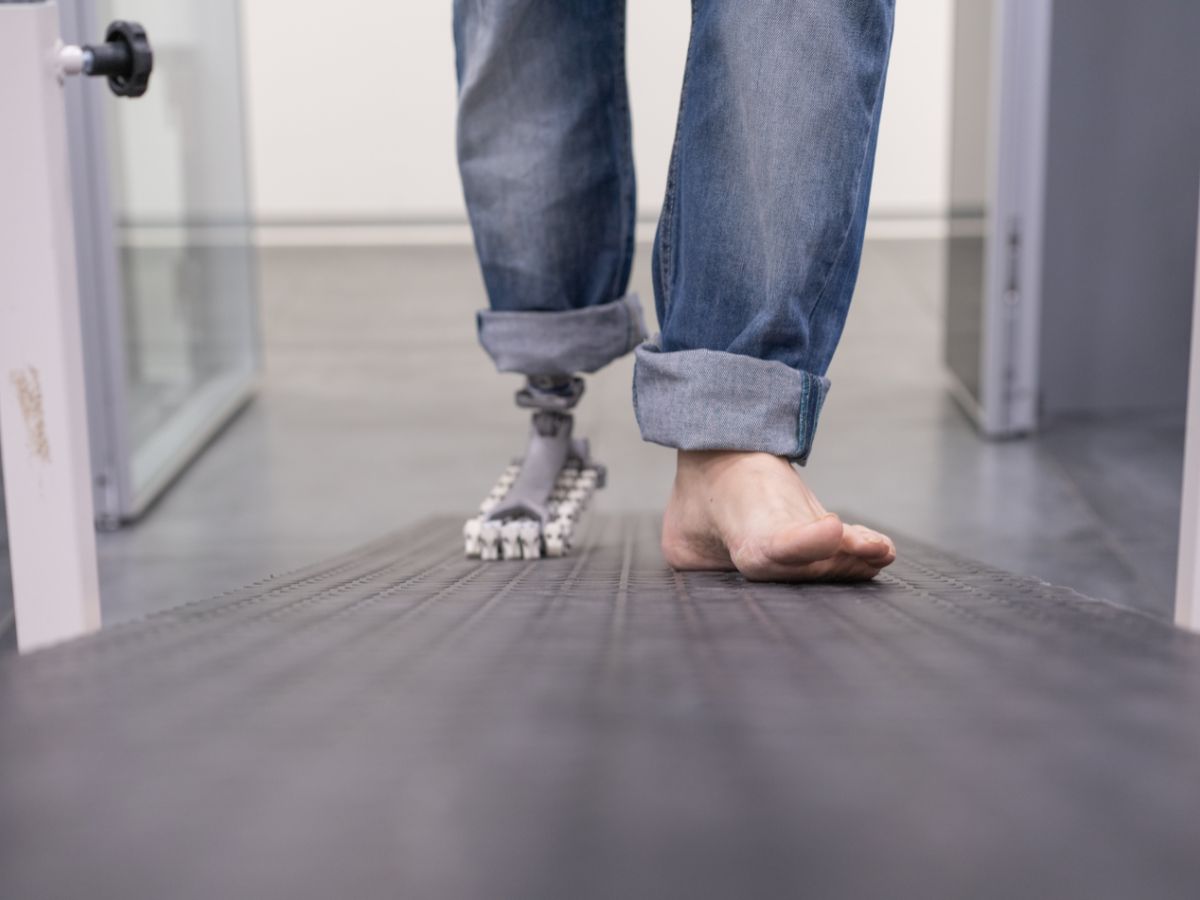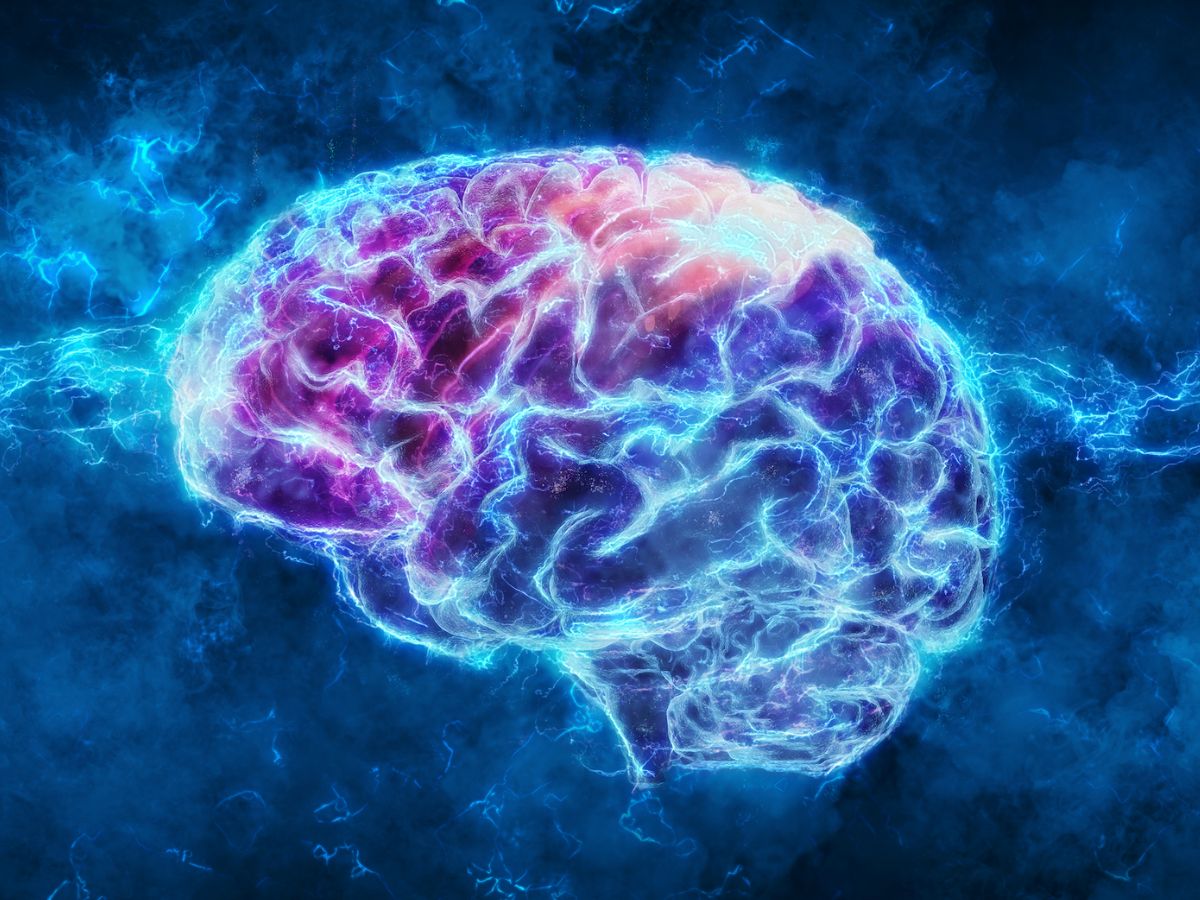The frescoes of the House of Painters at Work and the Schola Armaturarum in Pompeii will be reassembled.
RePAIR, which stands for Reconstructing the past: Artificial Intelligence and Robotics meet Cultural Heritage, officially began on 1 September 2021. The project is funded by the European Union as part of Horizon 2020. IIT is involved in it with various research groups, including those working on artificial intelligence and automatic image recognition, those developing robots capable of physically reconstructing archaeological artefacts, and those utilising hyperspectral scans of fragments to analyse their composition. The project’s focus will be the development of a robotic infrastructure, equipped with mechanical arms capable of scanning fragments of artefacts, recognising them by means of a 3D digitisation system and restoring them to their correct position. The reconstruction project will be dedicated to two large frescoes conserved in the storerooms of the Pompeii Archaeological Park.
“Amphorae, frescoes and mosaics are often uncovered in fragmented form, only partially intact or with many parts missing”, said Gabriel Zuchtriegel, Director of the Archaeological Park of Pompeii. “When the number of fragments is very large, with thousands of pieces, manual reconstruction and recognition of the links between the fragments is almost always impossible or at least very laborious and slow. This means that many artefacts remain in archaeological storage facilities for extended periods, without the possibility of reconstruction and restoration, and with little hope of returning them to public view. The RePAIR project, based on research and technological expertise, and using robotics, digitisation and artificial intelligence, aims at finding a solution to an atavistic problem.”
The IIT researchers involved in the project are amongst the leading international experts in the development of robotic and artificial intelligence systems applied to the cultural heritage and real physical scenarios. Arianna Traviglia, coordinator of IIT’s Center for Cultural Heritage Technology, with her group, is one of the few researchers in the world to have designed algorithms for the automatic identification of underground archaeological sites by satellite, the online recognition of stolen cultural artefacts, and the hyperspectral analysis of fresco paintings for their protection. Alessio Del Bue is head of IIT’s PAVIS group in Genoa, which works on the development of Artificial Intelligence software capable of studying and analysing physical space and people’s behaviour, in addition to Augmented Reality systems for applications in social welfare and cultural heritage. For many years, the robotics groups run by Nikolaos Tsagarakis and Antonio Bicchi have been working on the development of robotic systems capable of interacting with deconstructed environments, following natural or man-made events such as industrial accidents and earthquakes. For example, in 2017 they took the humanoid robot WALK-MAN to ruined houses in Amatrice in order to test its use in the support of emergency teams.
“IIT’s involvement will be fundamental in creating, along with the other partners, an interdisciplinary team in which technology, history, art and archaeology can interact and build a system that will help us reconstruct artefacts that would otherwise be lost”, commented Arianna Traviglia, coordinator of IIT’s Center for Cultural Heritage Technology in Venice. “We visited the Archaeological Park of Pompeii’s storage facilities and it was exciting to realise that the technology that we will develop will allow us to discover and preserve something from our past, part of the heritage of humanity”.
For the first time, cutting-edge technology will be used for the physical reconstruction of largely fragmented archaeological artefacts that would be difficult to reassemble. Thousands of fragments, like tiny pieces of a jigsaw puzzle, will be rearranged by means of a robotic infrastructure, equipped with mechanical arms capable of scanning the fragments, recognising them using a 3D digitisation system and returning them to their correct location. While the fragments are recognised and scanned, precision mechanical arms and hands manoeuvre and reposition them utilising state-of-the-art sensors that prevent even minimal damage.
“The development of artificial intelligence systems for the enhancement of cultural heritage, in which people are at the centre of attention, is one of the focal points of our research,” commented Alessio Del Bue, head of IIT’s PAVIS laboratory. “This project will enable us to expand the European network of which we are a part and at the same time help us to develop innovative Computer Vision and Deep Learning technology for use at the Archaeological Park of Pompeii and other archaeological sites in Italy and worldwide”.
The subject for this experimental work will be the frescoes on the ceiling and walls of the House of the Painters at Work in the Insula dei Casti Amanti (House of the Chaste Lovers), damaged during the eruption in 79 AD and then shattered by air raids during the Second World War, and the fragments of the frescoes of the Schola Armaturarum, caused by the building’s collapse in 2010 and in part still not yet entirely reinstalled. Two iconic examples of great frescoes, part of the world’s cultural heritage, that have been reduced to fragments and that are stored in the archives of the Archaeological Park of Pompeii.
“From a scientific and technological point of view, the project presents major challenges, which we will tackle using the most advanced techniques in the field of Artificial Intelligence, Computer Vision and Robotics”, explained Prof. Marcello Pelillo, project coordinator and professor of Artificial Intelligence at Ca’ Foscari University, Venice.
The partners of the ‘RePAIR’ project are: Ca’ Foscari University of Venice (coordinating organisation), IIT – Italian Institute of Technology, the Archaeological Park of Pompeii, Ben-Gurion University of the Negev, Israel, Associação do Instituto Superior Técnico para a Investigação e Desenvolvimento, Portugal, Rheinische Friedrich-Wilhelms-Universität, Bonn, Germany and the Ministry of Culture.
The project received funding from the European Union’s Horizon 2020 research and innovation programme (FET Open), as part of Grant agreement n° 964854.





